April 25th, 2014 John Fraser, KU’s second Chancellor, served as a general in the Union Army during the Civil War. Displayed here are his dress saber and saber belt. The saber was an 1862 gift from “the ladies of Canonsburg,” Pennsylvania, in appreciation of his service.
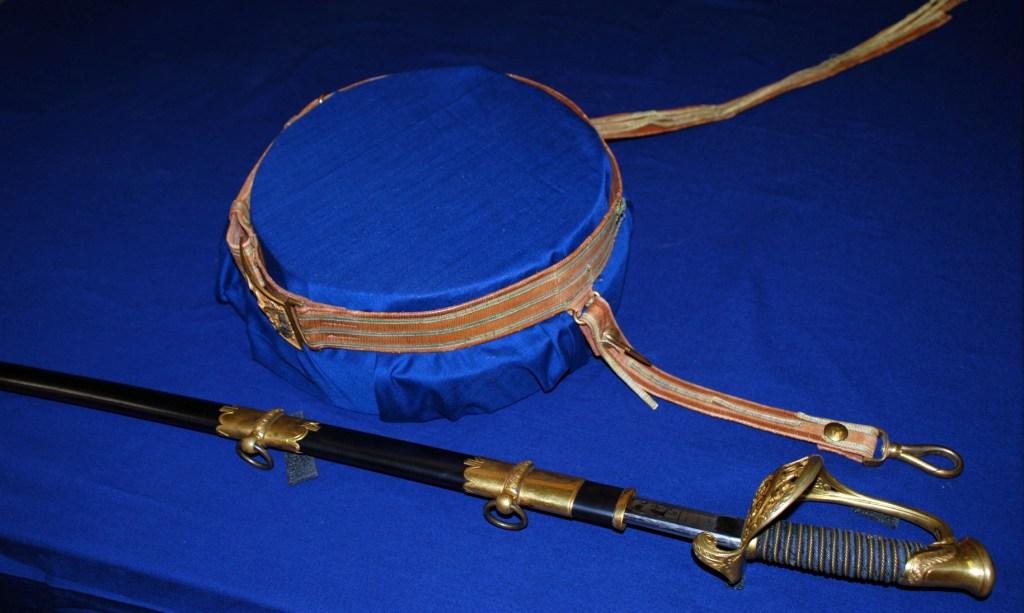
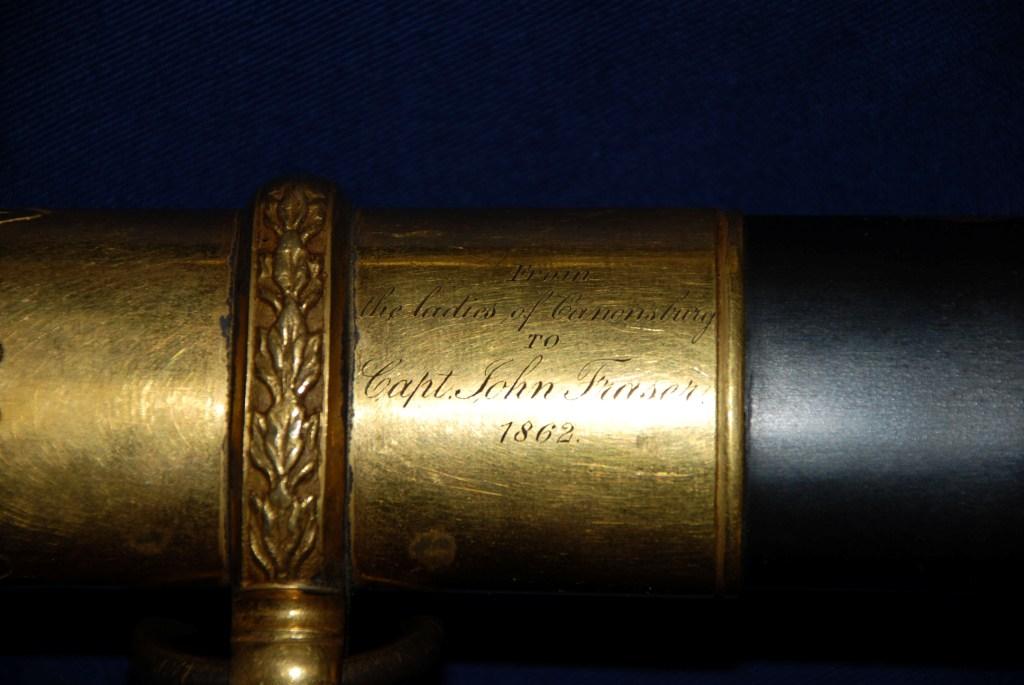
Saber belonging to John Fraser. Records of the Office of the Chancellor: John Fraser. Call Number: RG 2/2: Saber
For additional images, please click to enlarge:
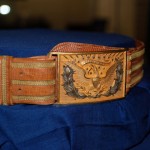
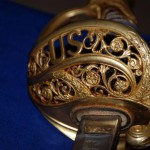
Becky Schulte
University Archivist
Tags: Becky Schulte, Chancellor, Civil War, John Fraser, Saber, University of Kansas
Posted in University Archives |
No Comments Yet »
April 11th, 2014 Herpetology is the study of amphibians and reptiles. Pictured here is the Supreme “Herp” from Hell in a manuscript that could be Heaven on Earth to a student of Old Russian. St. John Chrysostom was the most famous of the Greek fathers of the Church. His works consist of discourses illustrating passages of scripture, commentaries on the Biblical books, etc.
![Saint John Chrysostom, Patriarch of Constantinople. [Extracts from the works, In Russian]. Manuscript from Russia, 16th-17th century. Call number MS C38. Kenneth Spencer Research Library, University of Kansas.](http://blogs.lib.ku.edu/spencer/wp-content/uploads/2014/04/MS-C38-208x300.jpg)
Above: Image from Saint John Chrysostom, Patriarch of Constantinople (died 407).
[Extracts from the works, In Russian]. Manuscript from Russia, 16th-17th century. Call Number: MS C38.
As we all know, Evil is in the eye of the beholder; indeed, the presence of a snake in a Russian peasant household was often considered an omen for Good, and brought wealth and good health. The snake, as one of the domovye, or house spritis, lived behind the stove or wherever fires were lighted. In White Russia the domovoi was called tsmok (snake). If the master of the house treated it badly or forgot to leave out some eggs for food at night, tsmok might burn the house down. In some Slavic households the snake was a bad egg, often the embodiment of a dead man’s soul, a rough and evil character like Baba Yaga.
The Spencer Library has books in Slavic languages scattered throughout the collections, and one of the best collections of rare Pollonica in the United States.
Sally Haines
Rare Books Cataloger
Adapted from her Spencer Research Library exhibit and catalog, Slithy Toves: Illustrated Classic Herpetological Books at the University of Kansas in Pictures and Conversations
Tags: Herpetology, Russia, Sally Haines, Snake, St. John Chrysostom
Posted in Exhibitions, Special Collections |
No Comments Yet »
April 4th, 2014 The world of written information is changing. We are in the midst of a major shift from print to digital culture (you are, after all, reading this online). It seems timely, then, to look back at an artifact from another major revolution in the technology of writing — the shift from manuscript to print culture. The first hundred years of printing offer many fascinating examples of the overlap between the conventions of manuscript culture and the emergence of a new print culture. One such example is this book of hours, Hore intemerate Virginis Marie secundu[m] vsum Romanum cum pluribus orationibus tam in Gallico [et] in Latino, produced in Paris circa 1505.
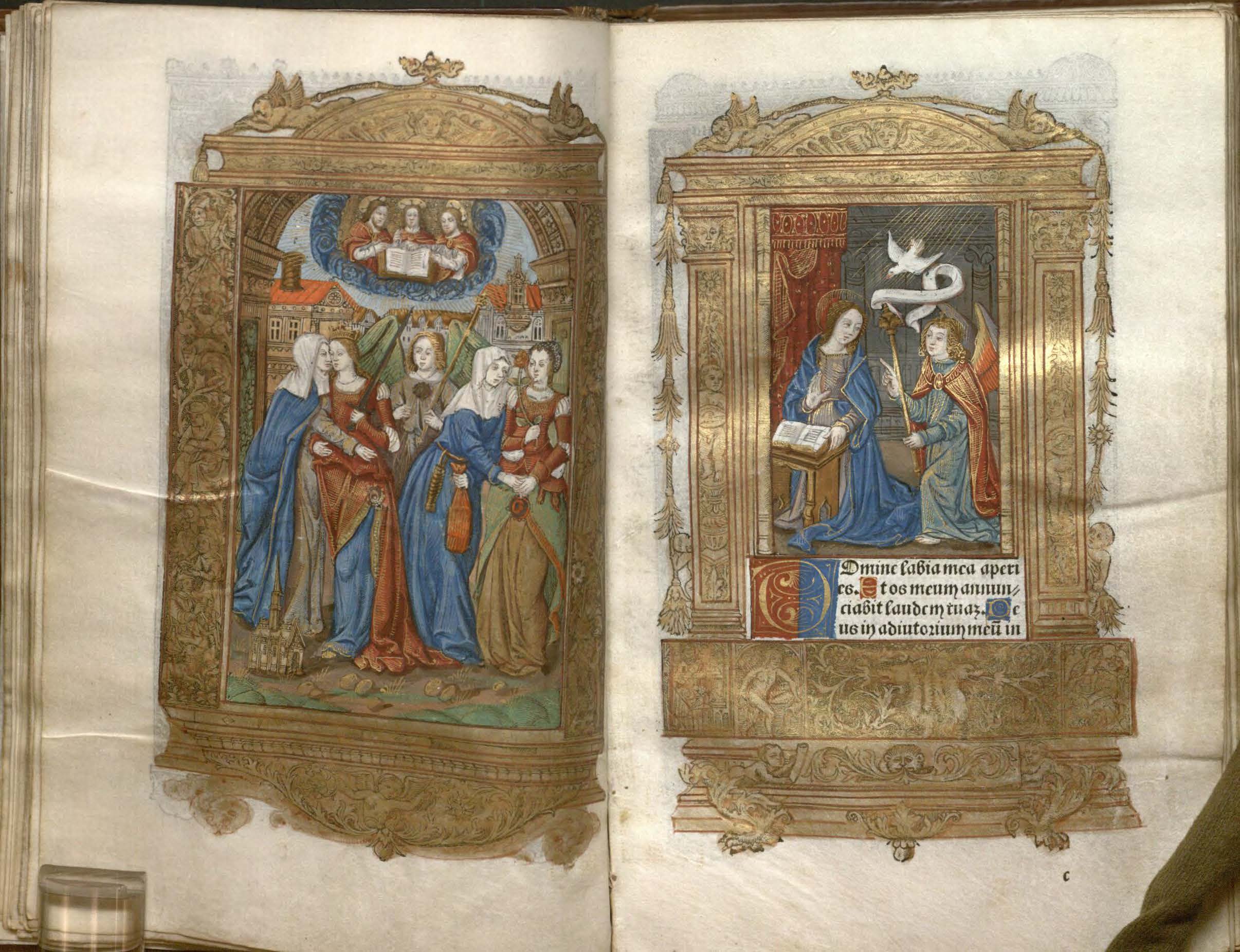
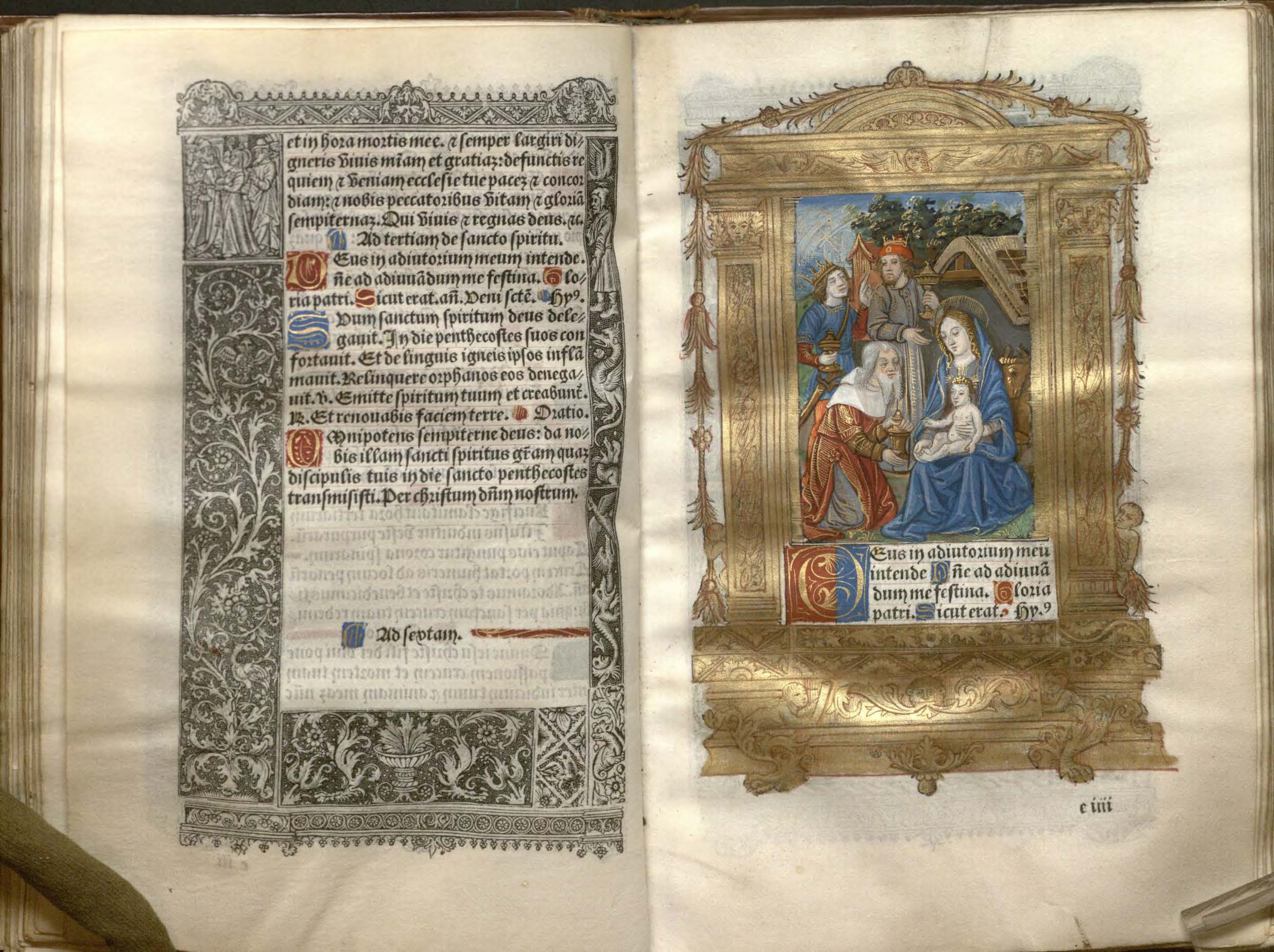
Hore intemerate Virginis Marie secundu[m] vsum Romanum cum pluribus orationibus tam in Gallico
[et] in Latino [Printed Book of Hours]. [Paris: G. Anabat, 1505.] Call Number: Summerfield C65
Squint and it looks like an illuminated manuscript (at least in the top image), but it is actually a printed volume, with hand-colored illustrations and metalcut borders. During the late medieval period, books of hours were among the most common manuscript volumes owned by laypeople (whether nobility or wealthy merchants). Accordingly, it is not surprising that with the advent of moveable type, printers soon tried their inky hands at producing these devotional texts. This particular volume draws upon several features of manuscript books of hours. It is printed on vellum (treated calf skin) and contains hand-colored initials and miniatures (the latter literally painted on top of the metalcut illustrations).
Printed books of hours flourished roughly between the 1480s and 1530s, co-existing alongside their manuscript counterparts. This volume from the Spencer Library’s collections was printed in Paris, a center for printed books of hours, by Guillaume Anabat for the bookseller Germain Hardouin and likely hand-colored in the Hardouin workshop (see the colophon pictured below).
Encountering a book like this makes one wonder which present-day artifacts will someday be seen as the products of a writing culture in transition. In 500 years, will we look at early e-readers as strange hybrids: objects that apply the conventions of the “print world” to the digital environment?
See more….click thumbnails to enlarge.
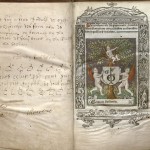
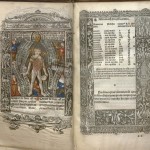
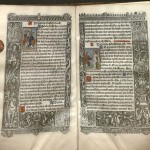
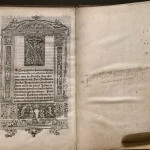
Elspeth Healey
Special Collections Librarian
Tags: books of hours, early printed books, Elspeth Healey, Germain Hardouin, Guillaume Anabat, printed books of hours, vellum
Posted in Special Collections |
No Comments Yet »





![Saint John Chrysostom, Patriarch of Constantinople. [Extracts from the works, In Russian]. Manuscript from Russia, 16th-17th century. Call number MS C38. Kenneth Spencer Research Library, University of Kansas.](http://blogs.lib.ku.edu/spencer/wp-content/uploads/2014/04/MS-C38-208x300.jpg)





